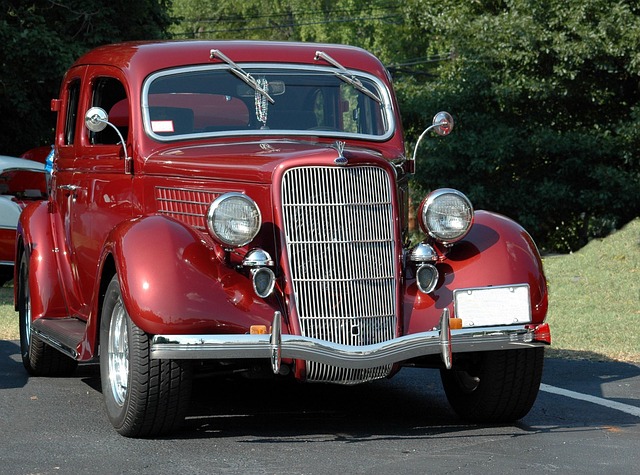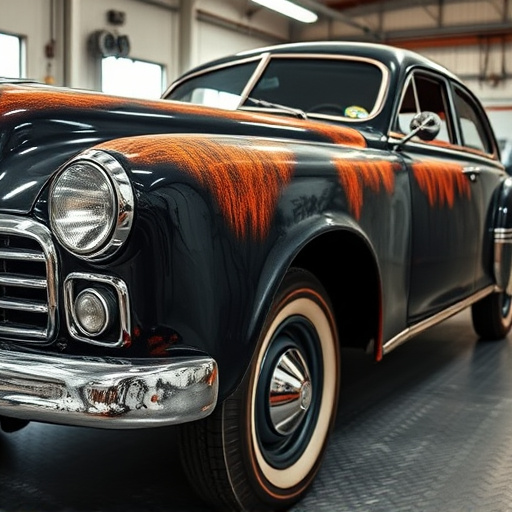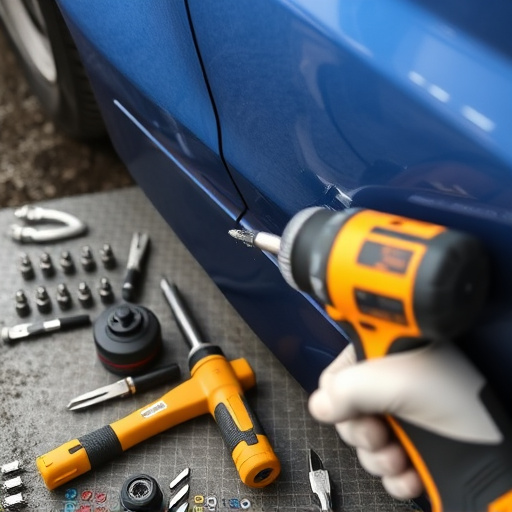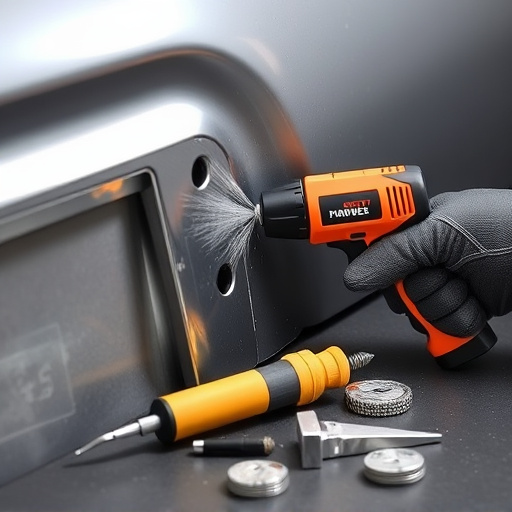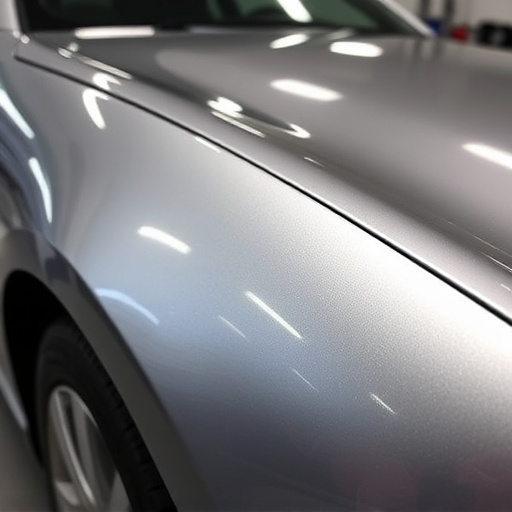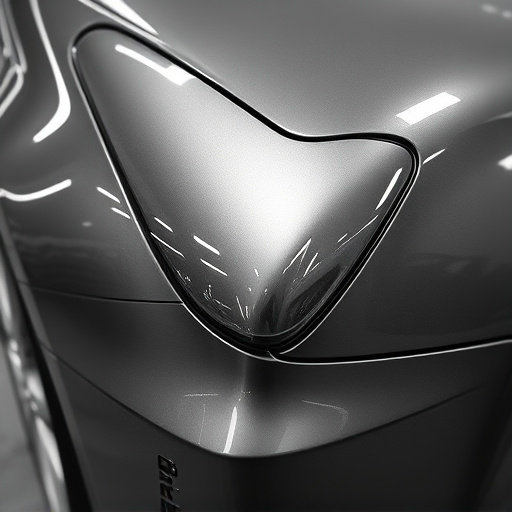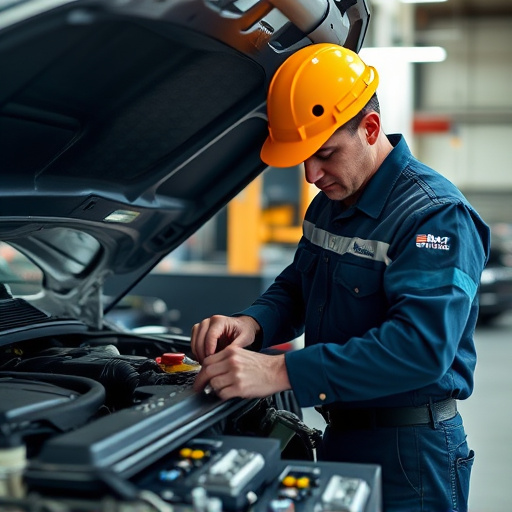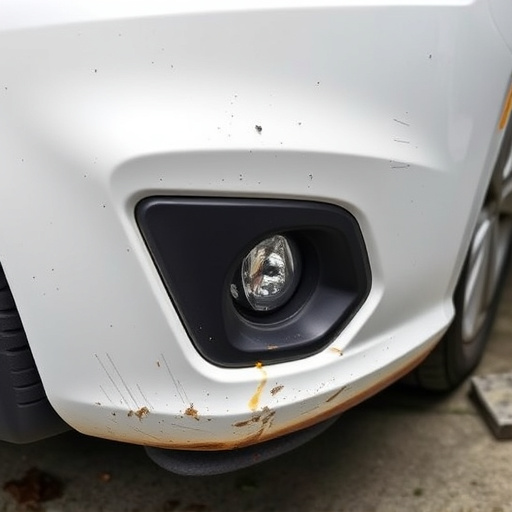Maintaining active vehicle insurance coverage requires adhering to insurance-approved repair standards for structural integrity, cosmetic repairs, and auto detailing. Reputable shops use OEM parts or certified equivalents, ensuring work meets safety benchmarks. Clear communication with insurers from the start, regular updates on maintenance history, and proactive vehicle care through insurance-approved repairs prevent disputes and keep policies up-to-date.
Maintaining an active insurer status is crucial for ensuring uninterrupted coverage and peace of mind. This article unveils seven secrets to help you navigate the process seamlessly. From understanding specific insurance-approved repair requirements to fostering effective communication with your insurer, each tip plays a pivotal role in keeping your policy active. By incorporating regular maintenance practices, you not only extend the lifespan of your assets but also maintain their value, ultimately safeguarding your interests.
- Understanding Insurance-Approved Repair Requirements
- Effective Communication with Your Insurer
- Regular Maintenance for Longevity and Active Status
Understanding Insurance-Approved Repair Requirements

When it comes to maintaining your insurer status for your vehicle, understanding insurance-approved repair requirements is paramount. Insurers have specific standards and guidelines that must be met during repairs to ensure the safety and value of your vehicle. These regulations cover everything from structural integrity to cosmetic elements, including auto detailing. Compliance with these standards is crucial to keep your insurance coverage active and avoid any potential disputes.
Insurance-approved repair refers to a process where auto repair services adhere to the insurer’s criteria for fixing damages. This involves using original equipment manufacturer (OEM) parts or equivalent certified components for vehicle paint repair. Reputable auto repair shops will be familiar with these requirements, ensuring that their work meets the necessary safety and quality benchmarks. By following these guidelines, you protect your investment, maintain the integrity of your vehicle’s design, and keep your insurance company satisfied.
Effective Communication with Your Insurer

Maintaining an active insurer status requires clear and consistent communication. When issues arise, such as auto bodywork repairs or Mercedes Benz repair, it’s crucial to involve your insurance provider from the outset. They can guide you towards insurance-approved repair facilities, ensuring that all work is conducted to their standards and documented properly. This not only facilitates a smoother claims process but also guarantees that any repairs made are of high quality.
Effective communication also means keeping your insurer informed about any changes in your vehicle’s condition or maintenance history. Whether it’s routine automotive repair or more complex work, regular updates allow your insurer to assess risks accurately and adjust policies accordingly. Proactive communication fosters a strong relationship with your insurance provider, ensuring that you stay protected and your coverage remains up-to-date.
Regular Maintenance for Longevity and Active Status

Regular maintenance is key to ensuring your insurer status remains active and your vehicle remains in top condition. It’s essential to perform insurance-approved repairs promptly after any minor issues arise, preventing them from escalating into costly, major damages. By keeping up with routine checks, such as oil changes, tire rotations, and fluid inspections, you can significantly reduce the risk of unexpected breakdowns or accidents that might trigger a status change with your insurer.
A proactive approach to vehicle maintenance includes addressing any signs of damage, whether it’s from a minor fender bender or everyday wear and tear. This encompasses not just structural repairs but also specialized services like vehicle paint repair, ensuring your car’s exterior remains as pristine as its interior. Regular upkeep not only extends the life of your vehicle but also demonstrates to insurance providers that you’re committed to keeping your policy active and valid.
Maintaining an active insurer status is crucial for ensuring continuous protection. By understanding and adhering to insurance-approved repair requirements, effective communication with your insurer, and implementing regular maintenance practices, you can keep your policy in force. These strategies not only safeguard your assets but also foster a robust relationship with your insurance provider.



